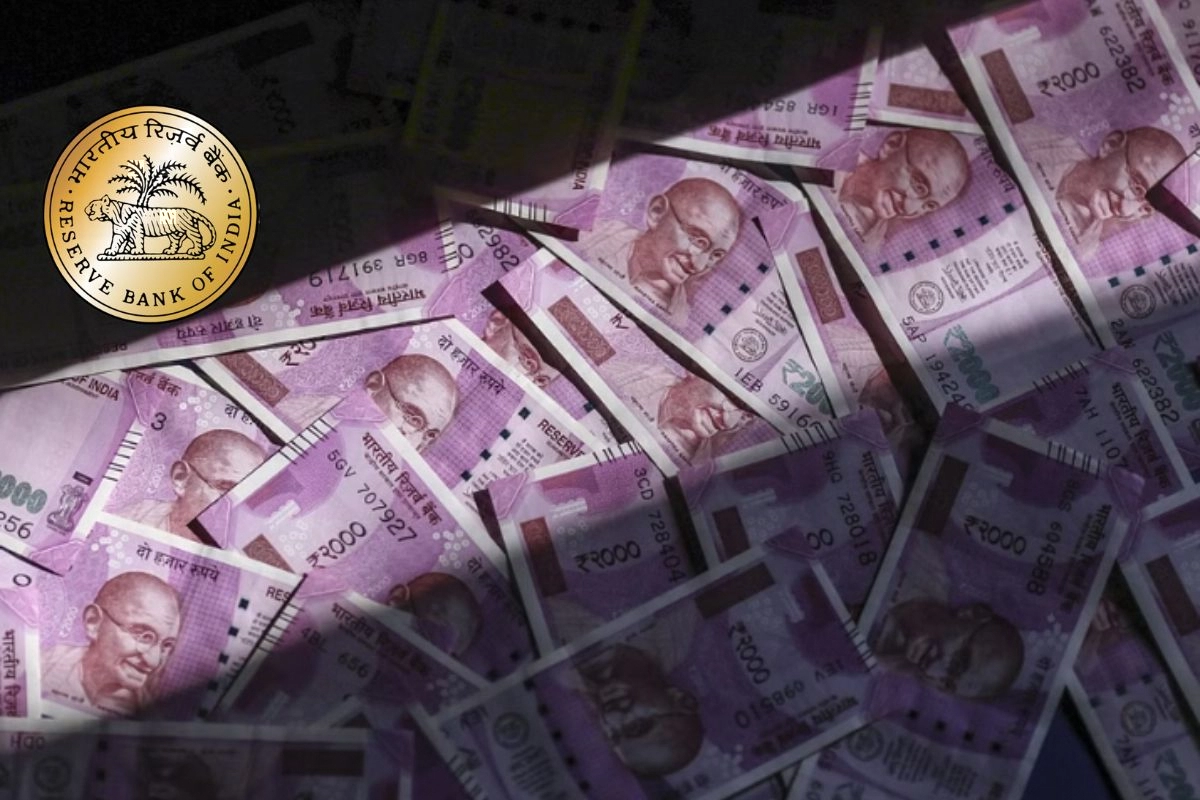RBI: The Reserve Bank of India (RBI) announced its decision to remove Rs 2,000 bills from circulation on Friday. While banks have been warned not to start printing Rs 2,000 notes right away, citizens shouldn’t fear because the withdrawal will be done in a “time-bound” and orderly fashion. The central bank stated that the Rs 2,000 notes now in use will remain legal tender in a press release. So, for the time being, anybody can use them for transactions and accept them as payment.
RBI Allows Unrestricted Use of Rs 2000 Notes Temporarily
‘There are no limitations on who can use them for their own transactions or take them as payment. However, the RBI urges people to deposit or exchange their 2000-yen notes by September 30, 2023, at the latest. The 2000 currency note will continue to be accepted as legal money after September 30. The RBI anticipates that four months will be sufficient for people to swap notes with banks. The majority of the 2000-euro notes in use will be returned to banks by September 30th, as promised. sources shouldn’t panic; this is a standard RBI exercise,’ according to sources familiar with the situation who were quoted by ANI. The public is “encouraged” by the RBI to deposit and/or exchange these banknotes before September 30, 2023, or earlier. Simply put, citizens would not immediately be impacted by the decision to withdraw Rs 2,000 banknotes since they will have adequate time to replace them.
Must Read: RBI Grants Government Rs 87416 Crore Dividend for FY23
Operating Limit and Convenience for Rs 2000 Note Swap
There is no set restriction that is applied, but there is an operating limit of Rs 20,000 on the number of Rs 2,000 banknotes that can be exchanged at once. According to the RBI, ‘Deposit into bank accounts can be made without restrictions subject to compliance with extant Know Your Customer (KYC) norms and other applicable statutory/regulatory requirements.’ Customers can visit any bank branch to exchange Rs. 2,000 notes. According to the RBI, “A non-account holder also can exchange Rs 2,000 banknotes up to a limit of Rs 20,000 at a time at any bank branch.”
RBI’s Justification for Removing Rs 2000 Notes
The RBI released a thorough FAQ outlining its justifications for removing Rs 2,000 notes. The major goal, according to the document, was to address the economy’s need for cash in a “expeditious manner” following demonetisation, which was essentially the removal of all old Rs. 500 and Rs. 1,000 banknotes in circulation as legal tender. “With that goal accomplished and ample supplies of banknotes in other denominations available, printing of Rs 2,000 banknotes was discontinued in 2018–19. The majority of the Rs 2,000 notes were printed before March 2017 and are nearing the end of their expected 4-5 year lifespan, according to the RBI. “It has also been noted that transactions with this denomination are uncommon. Additionally, the supply of banknotes in other denominations is still sufficient to meet the public’s needs for currency. The Reserve Bank of India has decided to remove the Rs 2000 denomination banknotes from circulation in light of the aforementioned factors and in accordance with its “Clean Note Policy,” the central bank noted. It should be emphasised that the RBI’s “Clean Note Policy” aims to guarantee that individuals have access to high-quality banknotes.
Must Read: Currency Shuffle! RBI Pulls Rs 2000 Notes from Circulation, They Remain Legal Tender Though
Keep watching our YouTube Channel ‘DNP INDIA’. Also, please subscribe and follow us on FACEBOOK, INSTAGRAM, and TWITTER












